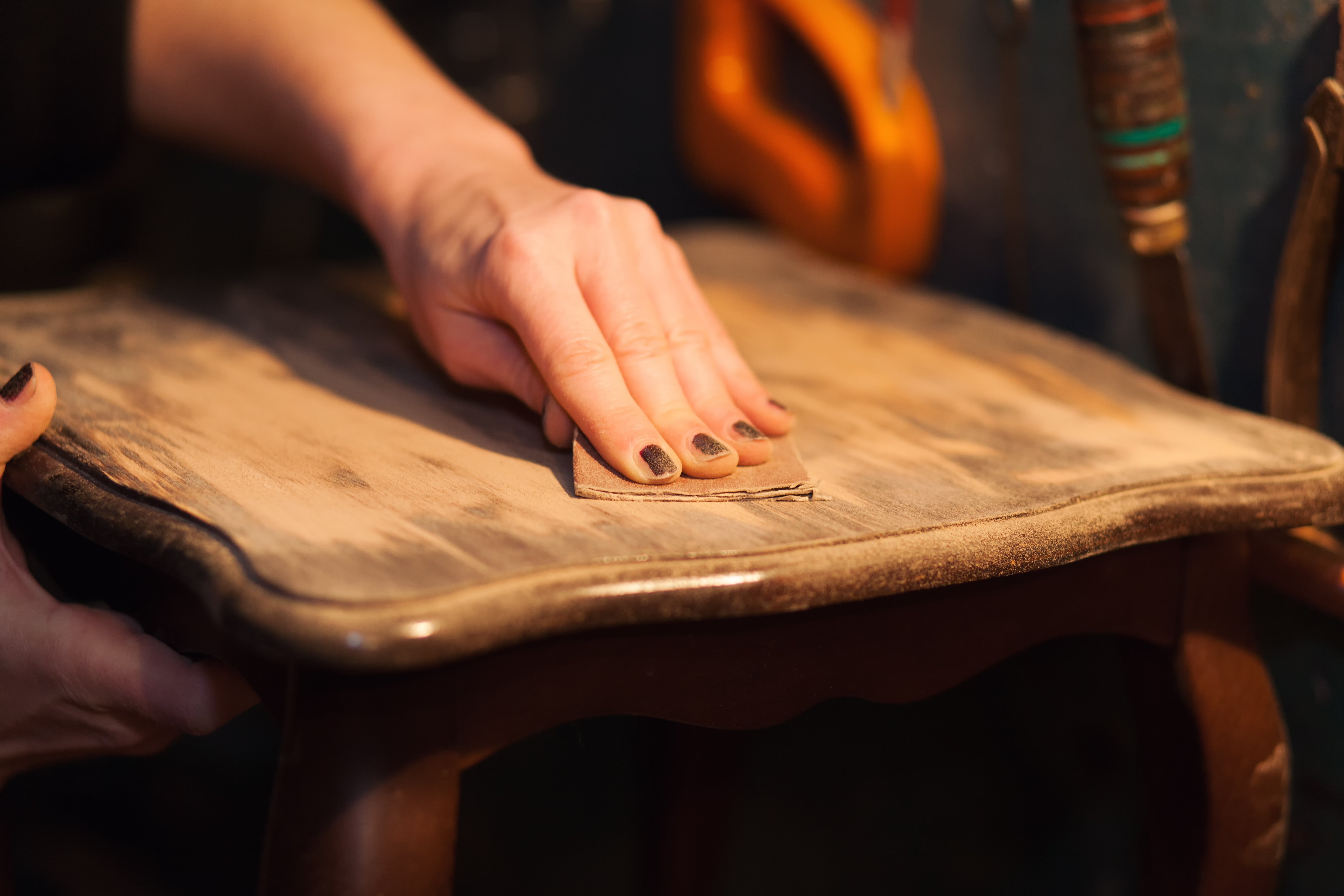Whether you're a homeowner or renter, you likely will choose wood furniture for at least some of the items in your house or apartment. Wood furniture is long-lasting, sturdy, and beautiful, and as a result, it often comes at a higher price point.
We all want our larger and pricier purchases to last forever, but because wood is a natural substance, it's vulnerable to damage that is inflicted not only by accidents or mistakes, but also environmental factors like moisture, sun, and temperature.
If you made an expensive purchase for a wood dining table, dresser, or bookshelf and chose not to get warranty coverage, you're bound to eventually see small or large areas of damage that you are then responsible for yourself. These repairs can put a dent in your wallet, so how can you complete your wood furniture repair if you didn’t buy a product protection plan?
If you are curious about product protection, be sure to check out Mulberry Unlimited. Mulberry Unlimited lets you bundle all of your furniture purchases together under a single protection plan, taking the burden of figuring out an extended warranty off your shoulders. You'll get unlimited claims and coverage, plus no deductibles or hidden fees.
The most common types of wood damage and their costs
Whether its wood bedroom furniture that gets scratched over time, or a wooden table that sees water spills at dinner, your items are likely to incur some sort wear and tear over time. Here are the most common types of damage that happen to wood furniture and the associated costs of repair.
Surface damage
Most wood has a finish on the surface that seals it from being too porous and exposed to outside substances. But time, as well as cleaning products, can wear away at the integrity of these finishes. It’s important that you know how to clean wood furniture to avoid causing accelerated damage, as many cleaning products strip wood surfaces down.
Typically, it is advised to use a lightly damp cloth followed by a wipe down with a dry cloth to remove all moisture. Otherwise, you can use cleaning products that are labeled specifically for wood, like Murphy Oil Soap.
In the event that the surface is damaged, refinishing wood furniture requires a multi-step process of sanding down to strip the entire piece of the current finish and revarnishing the entire furniture item. Depending on the type and size of the furniture, as well as the condition and level of damage, this cost can average around $500.
Structural damage
Items that are damaged in a way that prevents them from functioning properly, including broken shelves, broken door hinges, broken joints, or wood splits, will need to be taken to a furniture repair specialist, and the price varies drastically from $50 to over $500. It costs less to replace a broken hinge than to repair the entire back of a large bookshelf, of course.
Damage from the elements
When you see that your wooden outdoor furniture needs repairs, its likely a result of sun, moisture, and climate damage, which typically affects both the surface and the structure of the furniture. In this case, you may be looking at a combination of both of the above costs and repair types, depending on how severe the situation is.
Don’t forget that outdoor furniture is also more prone to having the metal hardware rust, thereby affecting the structural integrity of the piece over time.
How can you avoid unwanted furniture repair costs?
In order to avoid being responsible for your wood furniture repair costs, you need a furniture care protection plan. An extended warranty can cover damages to your furniture, and help support you financially when it comes to getting a repair. Shop with the Mulberry browser extension the find the best product protection plans available for your wood furniture, and earn rewards as you shop!





